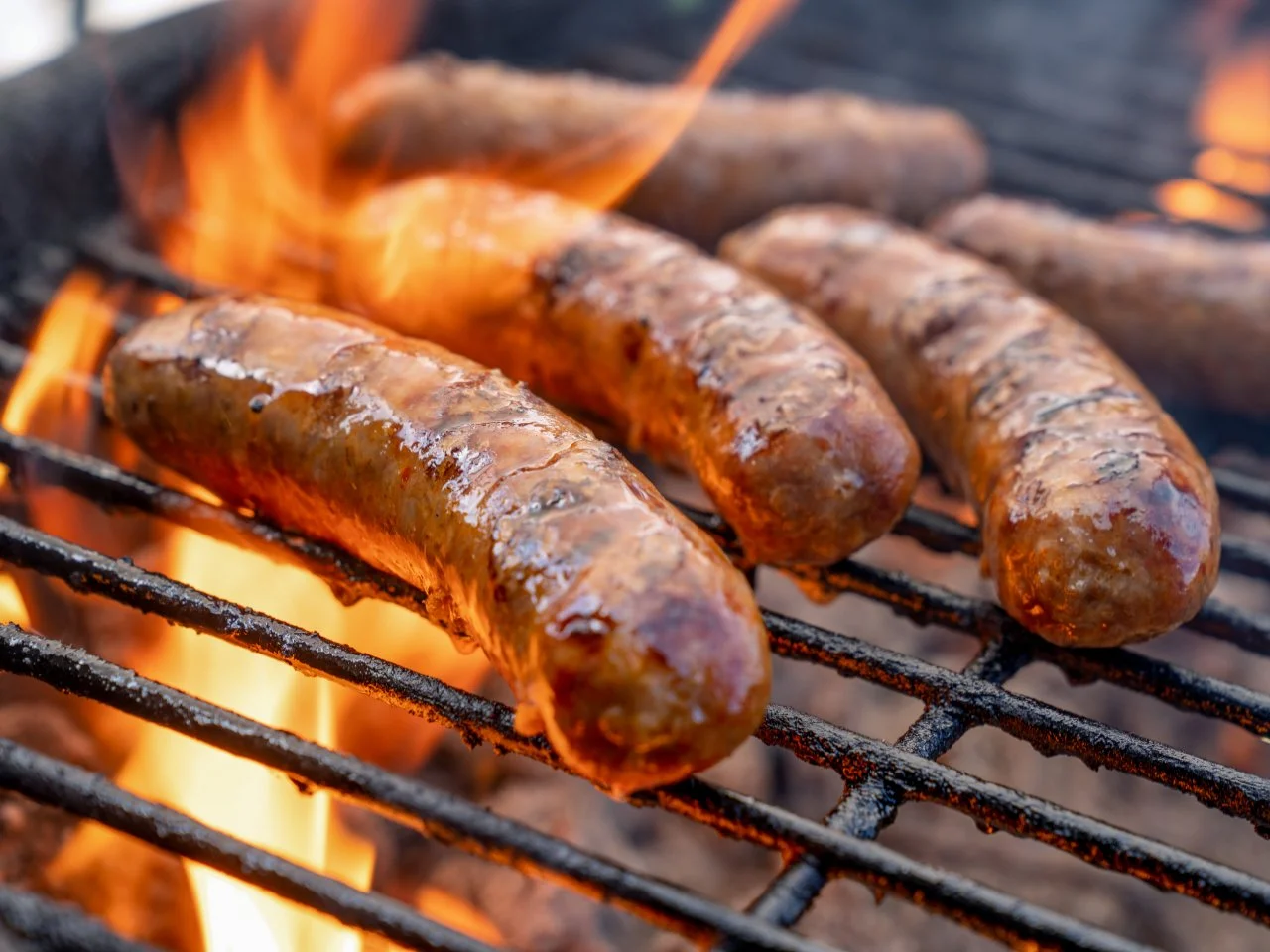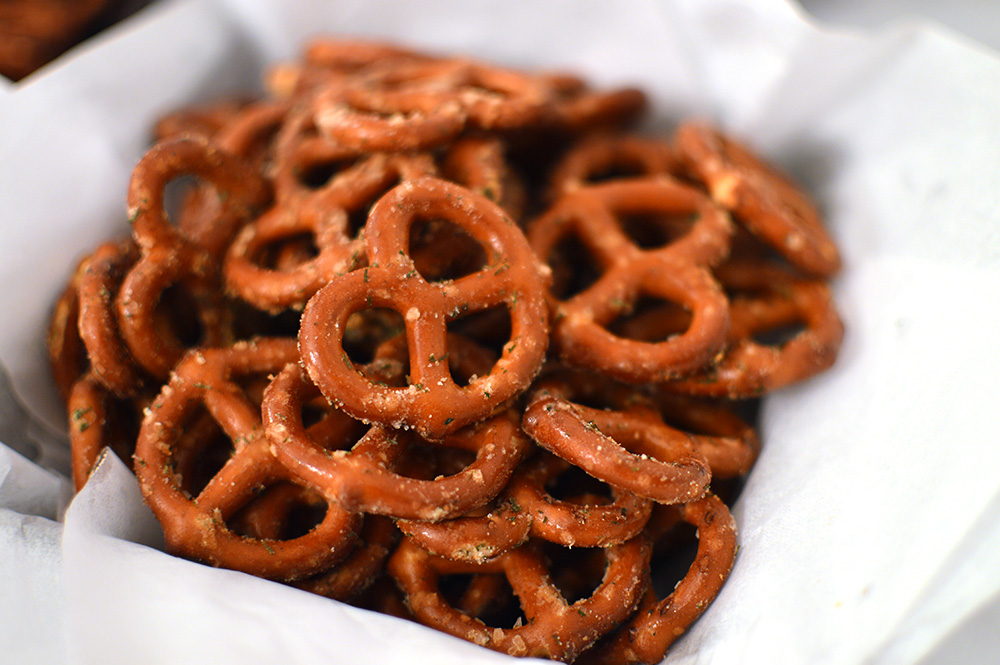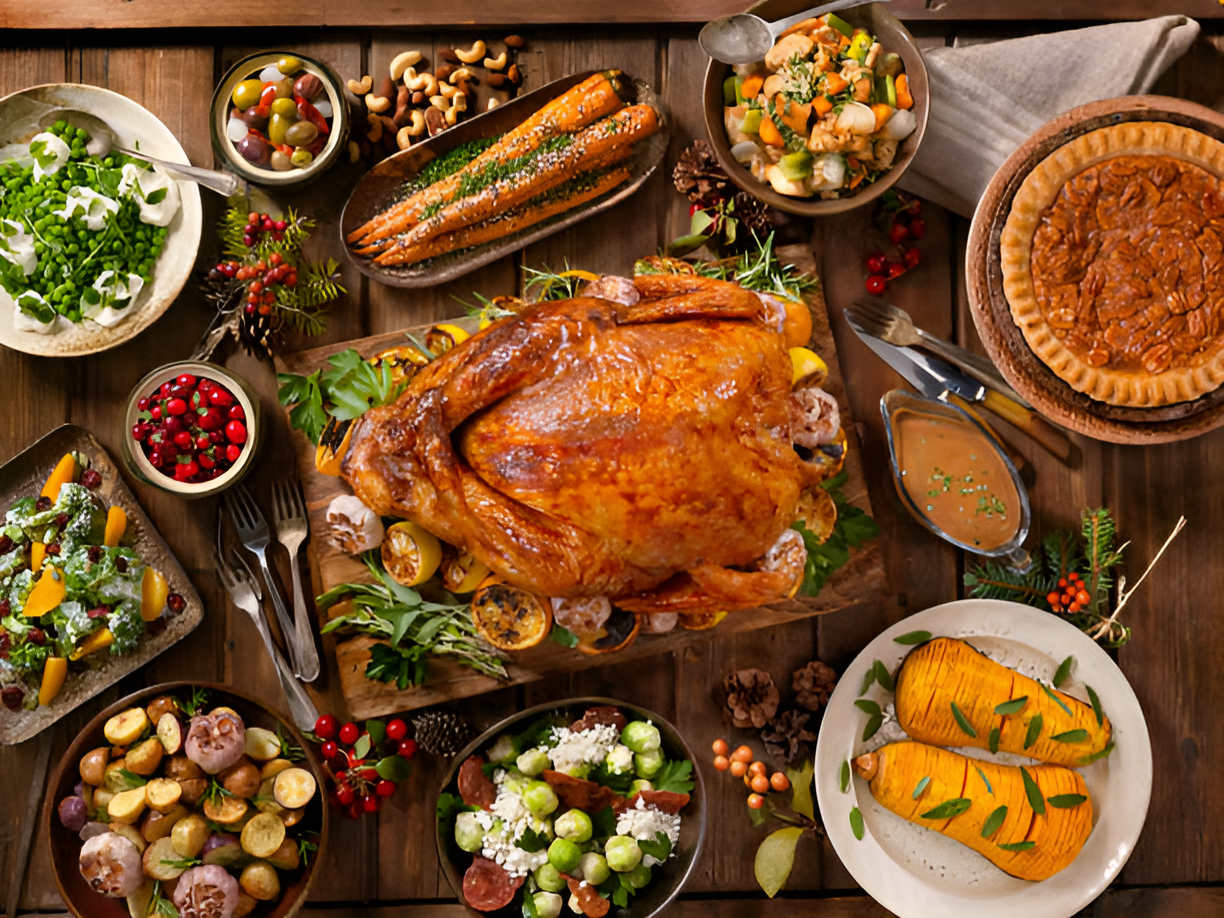Discover the top 5 Germany foods to try for your next trip. Explore authentic dishes, cultural tips, and culinary insights to savor the true taste of Germany.
Introduction
Are you planning a trip to Germany and wondering what authentic German dishes you simply must try? This guide reveals the Top 5 Germany foods to try that blend tradition, taste, and cultural richness. Whether you’re a food lover, a travel enthusiast, or a curious tourist, Germany’s culinary scene offers far more than just pretzels and beer.
The top 5 Germany foods to try are Bratwurst, Sauerbraten, Schnitzel, Pretzels (Brezn), and Spätzle. These traditional dishes highlight Germany’s rich food heritage, showcasing a mix of savory meats, handmade doughs, and deeply flavorful sauces.
Read on for mouthwatering descriptions, regional differences, eating tips, and comparisons that will help you enjoy your German food journey like a local.
1. Bratwurst – The Sausage King of Germany
What is Bratwurst?
Bratwurst is a classic German sausage made of finely chopped pork, veal, or beef, seasoned with garlic, marjoram, and nutmeg. The name comes from “brät,” meaning finely chopped meat, and “wurst,” which means sausage.
Regional Varieties of Bratwurst
-
Nürnberger Bratwurst – Thin and small, often served in threes with sauerkraut or potato salad.
-
Thüringer Bratwurst – Long and spiced with caraway and garlic.
-
Fränkische Bratwurst – Bigger, with a mild flavor, often grilled.
Best Way to Enjoy Bratwurst
Eat freshly grilled Bratwurst in a bun with spicy mustard, or on a plate with sauerkraut and potato mash.

2. Sauerbraten – Germany’s National Pot Roast
What is Sauerbraten?
Sauerbraten is a marinated beef roast, often considered one of Germany’s national dishes. The meat is soaked for several days in a mixture of vinegar, wine, and spices before being slow-cooked.
Regional Twists
-
Rhenish Sauerbraten – Uses raisins for a sweet contrast.
-
Franconian Sauerbraten – Tends to be tangier, using wine vinegar.
How to Serve Sauerbraten
Sauerbraten is traditionally paired with:
-
Red cabbage
-
Potato dumplings (Kartoffelklöße)
-
Rich gravy made from the marinade
This dish represents the deep, slow-cooked comfort of German cuisine.
:max_bytes(150000):strip_icc()/221361-traditional-sauerbraten-beauty-2x1-BP-2927-61e6ad8fae53472ca528c22383113d42.jpg)
3. Schnitzel – Crispy, Juicy, and Irresistible
Origin and Popularity
While originally Austrian, the Wiener Schnitzel has been fully embraced by Germany. It features a thin cutlet of veal (or pork), breaded and pan-fried until golden.
German Schnitzel Variants
-
Jägerschnitzel – With mushroom gravy
-
Zigeunerschnitzel – With a tangy bell pepper sauce
-
Rahmschnitzel – Creamy sauce lovers, this one’s for you
Side Dishes to Try
German schnitzel is often served with:
-
Potato salad (Kartoffelsalat)
-
French fries
-
Spaetzle noodles
Pair it with a local lager for an authentic meal.
4. Pretzels (Brezn) – A German Bakery Icon
What Makes German Pretzels Special?
German pretzels are soft, chewy, and deeply golden thanks to a lye bath before baking. They are especially famous in Bavaria, where they’re a breakfast staple.
How to Eat Them
-
With butter: A Bavarian favorite called Butterbrezn
-
With white sausage (Weißwurst): A common Munich morning snack
-
As a beer snack: With mustard and Obatzda (cheese spread)

5. Spätzle – Germany’s Comfort Pasta
Introduction to Spätzle
Spätzle are small, soft egg noodles made by hand or with a special press. They are typically boiled and then pan-fried in butter.
Käsespätzle: The Mac & Cheese of Germany
The cheesy version, Käsespätzle, is layered with grated Emmental cheese and topped with crispy onions — a true comfort dish from the Swabian region.
Ideal Pairings
Serve Spätzle with:
-
Roast meats and gravy
-
Sautéed mushrooms
-
A fresh side salad for balance
:max_bytes(150000):strip_icc()/Simply-Recipes-Spatzel-LEAD-02-89b186d532ad441ebb6aa2f251995f85.jpg)
Practical Tips for Enjoying German Food
1. Eat Seasonally
German menus often change by season. Try asparagus dishes in spring, hearty game meats in autumn, and special Christmas treats in winter.
2. Visit a Biergarten
Biergartens offer authentic food, local beers, and a social dining experience. They’re ideal for sampling Bratwurst, Pretzels, and Schnitzel.
3. Don’t Skip the Sauces
Many German dishes come alive with their sauces. Ask for Senf (mustard), Bratensoße (roast gravy), or Rahmsoße (cream sauce).
Comparisons: How German Cuisine Stands Out
| Feature | German Cuisine | French Cuisine | Italian Cuisine |
|---|---|---|---|
| Signature Meats | Sausages, Pork, Beef | Duck, Chicken, Pork | Veal, Seafood, Pork |
| Famous Dishes | Bratwurst, Schnitzel, Sauerbraten | Coq au vin, Ratatouille | Pasta, Pizza, Risotto |
| Comfort Foods | Spätzle, Dumplings | Gratin, Pot-au-feu | Lasagna, Gnocchi |
| Most Used Side Dish | Sauerkraut, Potatoes | Baguette, Potatoes | Pasta, Bread |
FAQs About German Food
Q1: Is German food spicy?
No, German food is generally mild, using herbs like parsley, dill, and caraway rather than chili or pepper heat.
Q2: What is a traditional German breakfast?
A traditional breakfast includes breads, cold cuts, cheeses, boiled eggs, and fruit spreads. In Bavaria, white sausages and pretzels are also common.
Q3: Are there vegetarian German dishes?
Yes! Käsespätzle, potato pancakes (Reibekuchen), and sauerkraut with dumplings are popular vegetarian choices.
Q4: What drink pairs well with German food?
Try regional beers (like Pilsner or Hefeweizen) or wines (especially Riesling) for an authentic pairing.
Q5: Where can I try these foods in Germany?
Look for Biergartens, Gasthäuser (inns), and Wochenmärkte (weekly markets) across cities like Munich, Berlin, and Frankfurt.
Conclusion
Germany’s cuisine is hearty, soulful, and rich in cultural history. From the sizzling bite of a Bratwurst to the buttery indulgence of Käsespätzle, each dish tells a story of local pride and traditional craftsmanship. Whether you’re visiting Germany for the first time or returning to your favorite cities, trying these top 5 Germany foods will elevate your travel experience and leave you with delicious memories.



